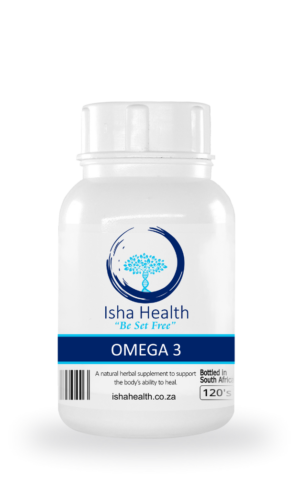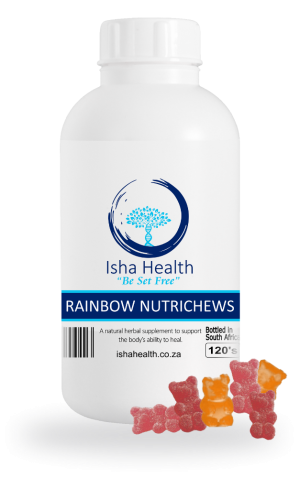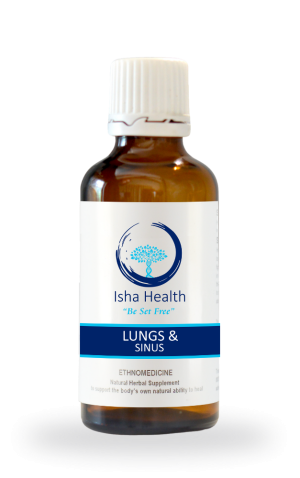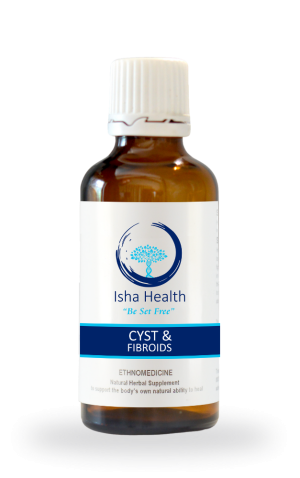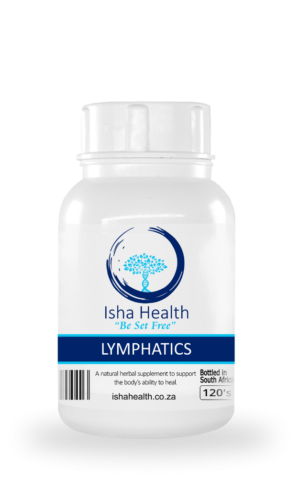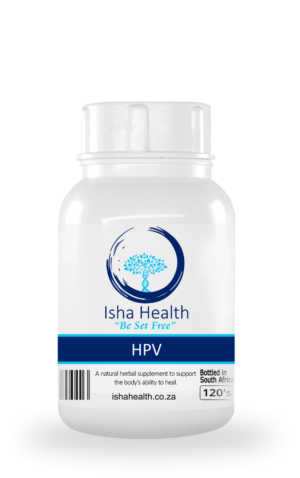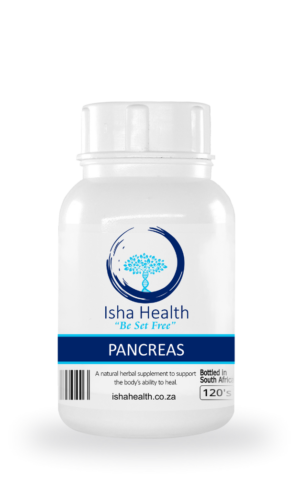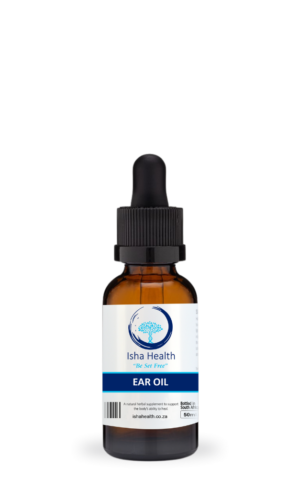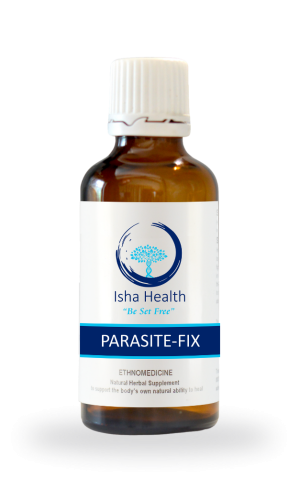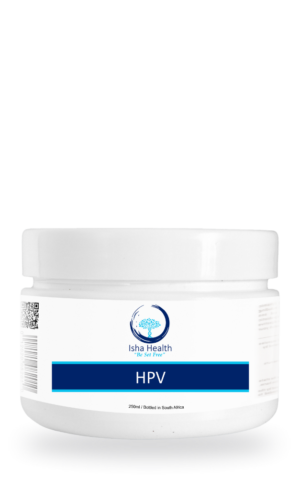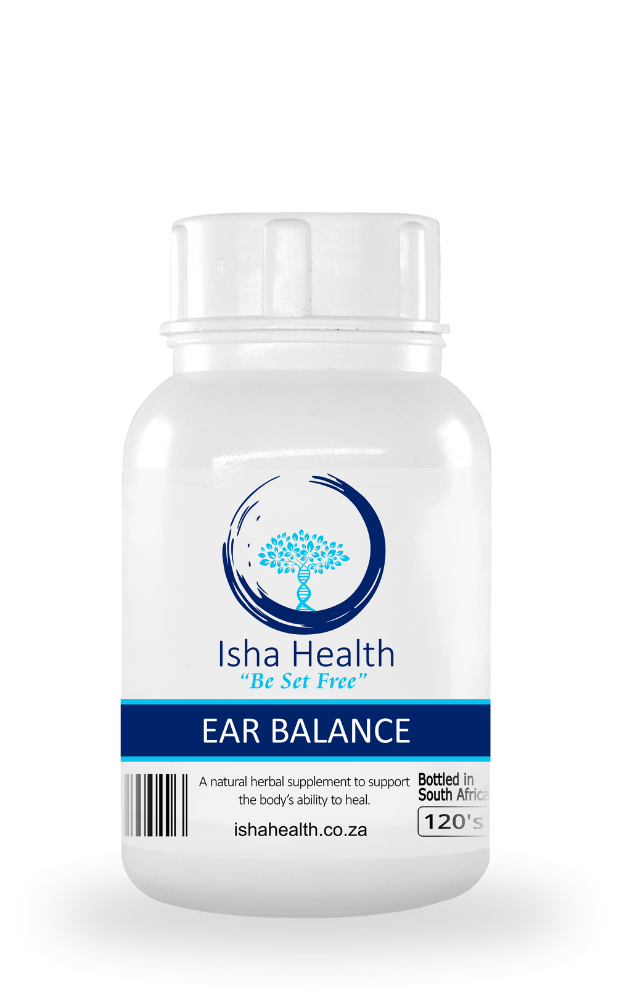
Ear Balance
- 3-5 working days
- Hand-Made
- Manufactured in South Africa
- 100% Natural
- 100% Herbal products
- 100% Manufacturing Guarantee
Description
Directions for Use
Ingredients
Warning
Technical Information
Our Natural Herbal Ear Balance Supplement incorporates a synergistic blend of carefully selected herbs to address various ear-related concerns. These herbs contribute to the supplement’s effectiveness in providing soothing relief, promoting healthy circulation, and fortifying the body’s natural defenses against infections.
The supplement’s composition, rich in anti-inflammatory, antimicrobial, and neuroprotective properties, aims to support overall ear health. By nourishing the ears with essential vitamins and minerals, it offers a comprehensive and natural approach to maintaining optimal ear function.
2-4 x capsules 3x daily
20 minutes before meals.
Children over 6-12 years:
1x Capsule 2x daily
Children over 12-16 years:
1-2x Capsules 2x daily according to age.
Alpha Lipoic Acid
Basil
Bilberry
Calendula
Chamomile
Clubmoss
Dill Seed
Eyebright
Folic Acid
GABA
Garlic
Ginkgo Billoba
Hawthorn Berries
Magnesium
Mullein flowers
Pine Bark
Potassium
Spearmint
Taurine
Vit B12, D3
White Willow Bark
Zinc
Other African Herbs
Alpha Lipoic Acid: Acts as a potent antioxidant, protecting against age-related and drug-induced hearing loss. Essential co-factor in mitochondrial enzymes. Protects from age-induced and cisplatin-induced hearing loss.
Basil: Rich in magnesium, Basil plays a vital role in preventing inner ear damage by protecting hair cells, and maintaining healthy blood vessels.
Bilberry: Known for potential benefits in Meniere’s disease, protecting the ear from toxicity, reducing symptoms of ear poisoning, and improving circulation.
Calendula: Provides soothing effects, making it beneficial for irritation, infection, and pain, particularly in cases of earache.
Chamomile: Useful for intense pain, extreme irritability, and breaking up mucus during ear infections.
Clove: Addresses fluid in the ear and acts as a natural remedy to maintain ear clarity.
Clubmoss: Supports ear health by addressing pain, buzzing, and preventing infections, especially effective for right-sided pain that is worse in late afternoon and early evening.
Dill: Supports the immune system and promotes cell growth management throughout the body. High in Zinc. Prevents ear infections.
Eyebright: Aids in breaking up mucus during ear infections and helps drain sinuses and eustachian tubes.
Folic Acid: Plays a role in addressing age-related hearing loss.
GABA: A brain neurotransmitter that inhibits electrical activity and reduces tinnitus.
Garlic: Enhances blood flow in the cochlea, fights germs, and offers antimicrobial properties for ear infections.
Ginkgo Biloba: Clinically used for inner ear disorders, supporting hearing loss, dizziness, and tinnitus.
Hawthorn Berries: Improve blood flow and circulation, benefiting overall ear health.
Magnesium: Essential for preventing oxidative stress, supporting overall ear health.
Mullein flowers: Offer a natural remedy for fighting infection and soothing earaches.
Pine Bark: Combats free radical damage, reduces inflammation, and eases symptoms of ear poisoning.
Potassium: Plays a crucial role in the inner ear’s interaction, converting sound, and regulating fluid.
Spearmint: Contains folic acid, which is linked with age-related hearing loss. Rich in antioxidants, vitamins, and nutrients, strengthening hearing.
Taurine: Plays a vital role in hearing, potentially reversing biochemical processes behind hearing loss and tinnitus.
Vitamin B12: Addresses tinnitus by supporting myelin production. Vit B12 deficiency causes communication between nerves to deteriorate, and impaired mechanism that can cause tinnitus.
Vitamin D: Children with Otitis Medica have lower vitamin D levels.
White Willow Bark: A natural pain reliever, provides comfort for earaches
Not suitable for pregnant, breastfeeding women.
Our Natural Herbal Ear Problems Supplement comprises a synergistic amalgamation of herbs, chosen for their specific attributes in addressing diverse ear-related issues. The supplement demonstrates efficacy in delivering analgesic properties for soothing relief, facilitating vasodilation to enhance circulatory dynamics, and exerting antimicrobial effects to fortify the innate immune response against infections.
The composition is characterized by anti-inflammatory, antimicrobial, and neuroprotective constituents, aligning with its objective of bolstering the physiological mechanisms relevant to auditory health. The inclusion of essential vitamins and minerals underscores the supplement’s commitment to a holistic, physiological approach, contributing to the preservation of optimal ear function.
Here are descriptions of common ear problems:
- Earaches: Characterized by pain or discomfort in the ear, earaches can result from various causes, including infections, fluid buildup, or foreign objects in the ear canal.
- Ear Infections (Otitis Media): Inflammation or infection of the middle ear, often accompanied by pain, fluid drainage, and sometimes hearing loss. Common in children but can affect people of all ages.
- Tinnitus: Perceived ringing, buzzing, or hissing sounds in the ears without an external source. It can be caused by exposure to loud noises, age-related hearing loss, or other underlying conditions.
- Fluid in the Ear (Otitis Media with Effusion): Accumulation of fluid in the middle ear without infection, leading to hearing difficulties, a feeling of fullness, or impaired balance.
- Sinus and Ear Infections: Infections in the sinus passages can sometimes spread to the ears, causing symptoms such as ear pain, pressure, and impaired hearing.
- Mucus-related Issues: Excessive mucus production in the ear can lead to congestion, discomfort, and impaired hearing.
- Age-Related Hearing Loss (Presbycusis): Gradual hearing loss that occurs with age, often affecting high-frequency sounds and making it challenging to hear conversations in noisy environments.
- Oxidative Stress and Inflammation: Conditions that can contribute to damage in the inner ear, potentially leading to hearing issues or discomfort.
- Nerve-related Issues: Problems with the auditory nerve, which can affect the transmission of sound signals to the brain and result in hearing difficulties.
- Painful Conditions: Conditions such as ear infections, inflammation, or injuries can cause pain in the ears, ranging from mild discomfort to severe pain.
- Vertigo: Sensation of dizziness or spinning, often associated with inner ear issues such as Meniere’s disease or benign paroxysmal positional vertigo (BPPV).
- Blockages and Wax Buildup: Accumulation of earwax or foreign objects in the ear canal can lead to hearing impairment, tinnitus, or earaches.
- Eardrum Perforation: A hole or tear in the eardrum, which may result from infections, trauma, or changes in air pressure. It can cause pain, hearing loss, and susceptibility to infections.
- Sensorineural Hearing Loss: Caused by damage to the inner ear or auditory nerve, resulting in difficulty hearing faint sounds or distinguishing between sounds.
Collagen and connective tissue play crucial roles in the anatomy of the ear and hearing by providing structural support, maintaining the integrity of various components, and facilitating the transmission of sound signals. Here’s an overview:
- Tympanic Membrane (Eardrum): Collagen fibers within the eardrum provide essential elasticity and strength. This thin, cone-shaped membrane serves as a crucial barrier, vibrating in response to incoming sound waves.
- Cochlea (Inner Ear): The cochlea, a spiral-shaped, fluid-filled structure, relies on collagen for structural support. The organ of Corti within the cochlea contains sensory hair cells responsible for converting sound vibrations into electrical signals.
- Inner Ear Vestibular System: Comprising semicircular canals and otolithic organs, the vestibular system utilizes collagen and connective tissues for balance and spatial orientation. These structures contribute to our sense of equilibrium.
- Ossicles (Bones in the Middle Ear): The three tiny bones—malleus, incus, and stapes—interconnected by joints and ligaments made of connective tissue, play a crucial role in transmitting and amplifying sound vibrations from the eardrum to the inner ear.
- Eustachian Tube: Surrounded by connective tissue and muscles, the Eustachian tube connects the middle ear to the back of the throat. This structure plays a vital role in equalizing air pressure on both sides of the eardrum, preventing discomfort and potential damage.
- Collagen in the Ear Canal: Collagen fibers contribute to the elasticity and structural integrity of the ear canal. This flexibility and protection are crucial for maintaining the health of the delicate structures within the canal.As individuals age, several physiological changes in the auditory system contribute to a gradual decline in hearing abilities, a phenomenon known as presbycusis. These changes affect various components of the ear:
- Tympanic Membrane (Eardrum): The elasticity of the tympanic membrane diminishes over time, making it less responsive to sound vibrations. This reduced flexibility can impact the efficiency of sound transmission to the middle ear.
- Cochlea (Inner Ear): Age-related changes in the cochlea include the loss of hair cells, which are crucial for converting sound vibrations into electrical signals. Additionally, the blood supply to the cochlea may decrease, affecting its overall function.
- Ossicles (Bones in the Middle Ear): The joints and ligaments connecting the ossicles may undergo wear and tear, impacting their ability to transmit sound effectively. This wear can result in decreased efficiency in the transmission of vibrations from the eardrum to the inner ear.
- Eustachian Tube: Changes in the flexibility and function of the Eustachian tube can occur with age, potentially leading to difficulties in equalizing air pressure on both sides of the eardrum. This imbalance may contribute to discomfort and affect hearing.
- Collagen in the Ear Canal: The flexibility and integrity of collagen fibers in the ear canal may decrease, potentially impacting the ear’s ability to effectively process different frequencies of sound.
These age-related changes collectively contribute to presbycusis, characterized by a gradual loss of hearing sensitivity and a reduced ability to discern high-frequency sounds. While these changes are a natural part of aging, lifestyle factors such as noise exposure, cardiovascular health, and overall well-being can influence the extent of age-related hearing loss. Regular hearing check-ups and proactive measures to protect hearing can contribute to maintaining optimal auditory health as individuals age.
Ingredients which are traditionally used for this disorder
Technical info:
Basil: Rich in magnesium, it acts as a protective factor against inner ear damage by safeguarding delicate hair cells and maintaining blood vessel health. Magnesium plays a crucial role in preventing oxidative stress and inflammation within the inner ear, contributing to overall auditory health.
Alpha Lipoic Acid: This essential co-factor in mitochondrial enzymes provides protection against age-induced and cisplatin-induced hearing loss. It acts as a potent antioxidant, neutralizing free radicals that could otherwise induce cellular damage in the auditory system.
Ashwagandha: Exhibiting symptom-alleviating properties, it contributes to auditory well-being, easing symptoms of Tinnitus. Its adaptogenic properties may modulate the body’s stress response, potentially reducing the impact of stress-related auditory symptoms.
Bilberry: Addressing Meniere’s disease, it protects against ear toxicity, reduces symptoms of ear poisoning, and improves ear circulation with anthocyanins and flavonoids. These compounds have vasoprotective effects, enhancing blood flow and reducing inflammation in the inner ear.
Calendula: With soothing properties, it addresses irritation, sores, infection, and pain, acting as an antiseptic in cases of earache. Calendula’s anti-inflammatory and antimicrobial actions contribute to alleviating discomfort and promoting healing in the ear.
Chamomile: Targeted for intense pain, extreme irritability, and anger, it effectively breaks up mucus in ear infections. Chamomile’s anti-inflammatory and spasmolytic effects may help reduce inflammation and ease discomfort associated with ear infections.
Clove: Addresses fluid in the ear. Clove possesses analgesic and antimicrobial properties, potentially aiding in the relief of ear fluid and preventing bacterial growth in the ear canal.
Clubmoss: Beneficial for ear pain, buzzing, ringing, and preventing ear infections, especially effective for right-sided pain worse in late afternoon and early evening. Clubmoss contains huperzine A, which may have neuroprotective properties and could contribute to alleviating certain auditory symptoms.
Elder Flowers: Addressing sinus and ear infections. Elder flowers’ anti-inflammatory and immune-modulating properties may help in managing infections in the sinus and ear regions.
Eyebright: Effectively breaking up mucus in ear infections, it facilitates drainage of sinuses and eustachian tubes. Eyebright’s astringent and anti-inflammatory actions may contribute to the resolution of mucus-related issues in the ear.
Folic Acid: Targeting age-related hearing loss. Folic acid plays a role in DNA synthesis and repair, and its supplementation may have a protective effect against age-related damage in the auditory system.
GABA (Gamma-Aminobutyric Acid): As a brain neurotransmitter inhibiting electrical activity, it reduces tinnitus. GABA’s inhibitory effects on neuronal excitability may contribute to the modulation of abnormal auditory signals associated with tinnitus.
Garlic: Enhancing blood flow in the cochlea, it addresses tinnitus due to plaque and exhibits antimicrobial, antiviral, antifungal, antibiotic, and pain-relieving properties. Allicin, a key component in garlic, may enhance blood circulation, providing neuroprotective effects in the cochlea.
Ginkgo Biloba: Clinically used for inner ear disorders, it increases blood circulation and stabilizes hearing loss, making it well-studied for Tinnitus. Ginkgo biloba’s flavonoids and terpenoids contribute to improved blood flow and have potential neuroprotective effects in the inner ear.
Hawthorn Berries: Alleviating hearing loss by improving blood flow and circulation. The flavonoids and proanthocyanidins in hawthorn berries may enhance vascular health, improving blood supply to the auditory system.
Lavender Blossoms: Alleviating ear pain and pain associated with ear infections. Lavender’s analgesic and anti-inflammatory properties may provide relief from pain and discomfort associated with various ear conditions.
Magnesium: Addressing hearing problems and preventing ear damage. Magnesium’s role in preventing oxidative stress and modulating neurotransmission may contribute to auditory health and protection against inner ear damage.
Mullein Flowers (not leaves): Fighting infection, acting as a pain-relieving demulcent, and providing relaxation to soothe earache and discomfort from excessive wax, it stands as one of the best natural earache remedies. Mullein’s saponins and flavonoids contribute to its anti-inflammatory and analgesic properties, offering relief from earache.
Pine Bark: Combating free radical damage, reducing inflammation, and alleviating symptoms of ear poisoning. Proanthocyanidins and bioflavonoids in pine bark possess antioxidant and anti-inflammatory properties, potentially mitigating cellular damage and inflammation in the ear.
Plantain: Relieving sinus and ear infections. Plantain’s anti-inflammatory and antimicrobial actions may contribute to managing infections in the sinus and ear regions.
Potassium: Crucial in the interaction in the inner ear, it aids in converting sound and regulates fluid in blood and tissues. Essential for the process of converting sound into nerve impulses sent to the brain, potassium maintains proper ion balance crucial for auditory function.
Rosemary: Addressing pain associated with ear infections (in very small amounts). Rosemary’s potential analgesic effects may contribute to alleviating pain associated with certain ear conditions.
Spearmint: Containing folic acid linked with age-related hearing loss, it is high in antioxidants, vitamins, and nutrients, strengthening hearing. Spearmint’s folic acid content and antioxidant properties may support auditory health and combat age-related hearing loss.
Taurine (Amino Acid): Playing a vital role in hearing, it can reverse biochemical processes behind hearing loss and eliminate ringing in the ears associated with tinnitus. Taurine’s neuroprotective effects may contribute to its potential in addressing hearing loss and tinnitus.
Thyme: Effectively breaking up mucus in ear infections. Thyme’s antimicrobial and expectorant properties may assist in resolving mucus-related issues in the ear.
Vitamin B12: Targeting Tinnitus, it is essential for myelin production, and deficiency can lead to deteriorated communication between nerves and impaired mechanisms causing tinnitus. Vitamin B12’s role in myelin synthesis supports nerve health in the auditory system.
Vitamin D: Linked to lower Vit D levels in children with Otitis media. Vitamin D’s immunomodulatory effects may play a role in preventing ear infections, especially in individuals with lower vitamin D levels.
White Willow Bark: Addressing pain. White willow bark contains salicin, a natural compound with analgesic and anti-inflammatory properties, potentially providing relief from pain associated with ear conditions.

